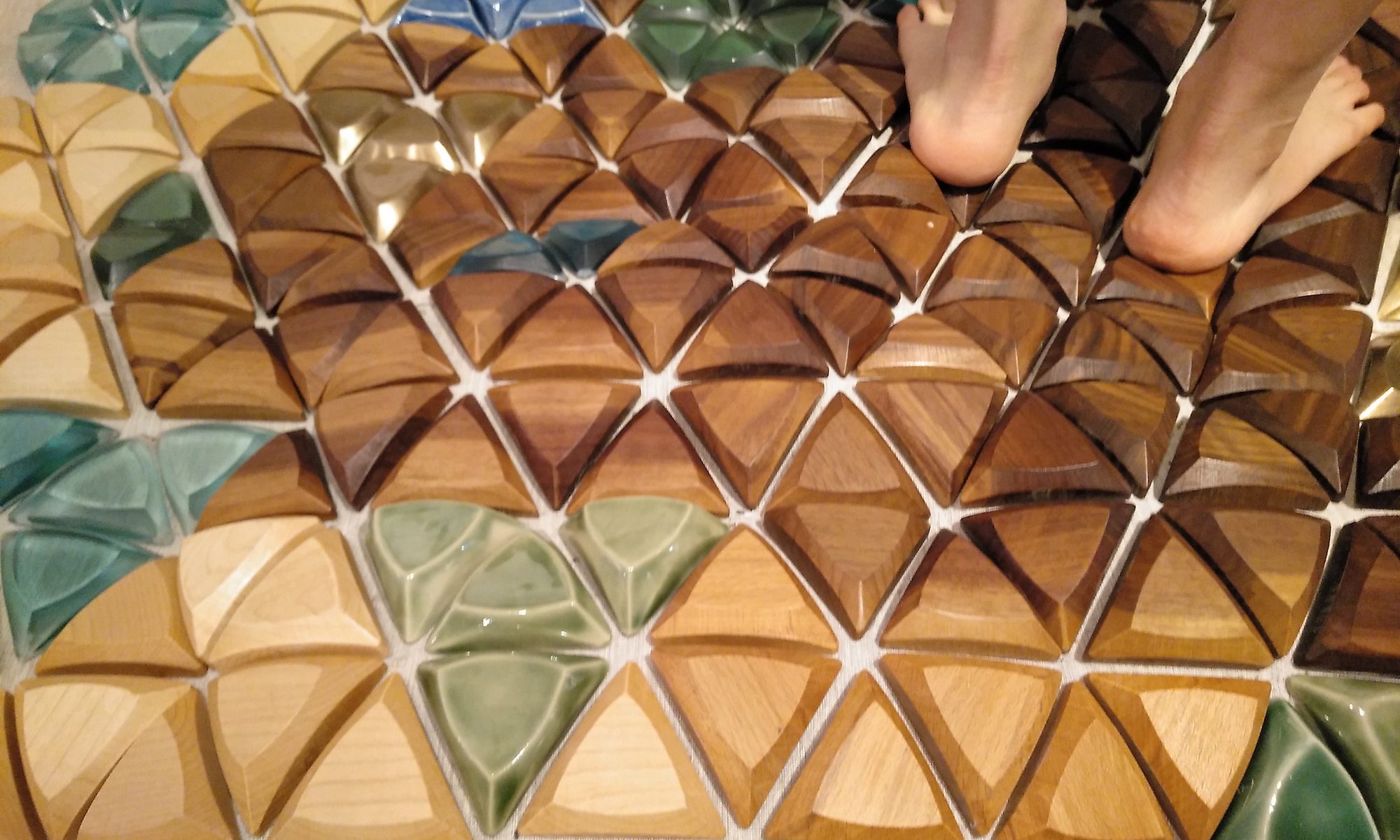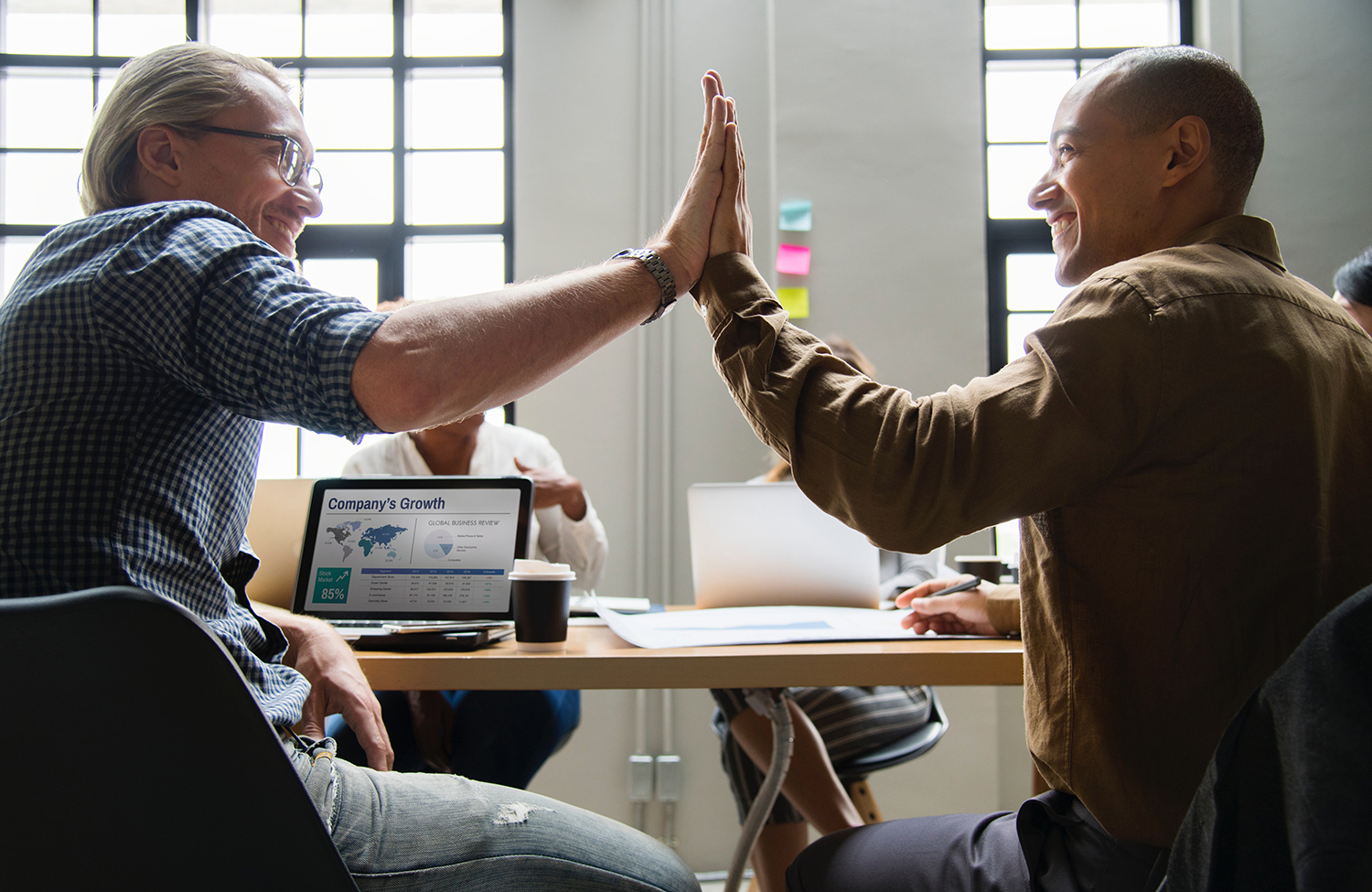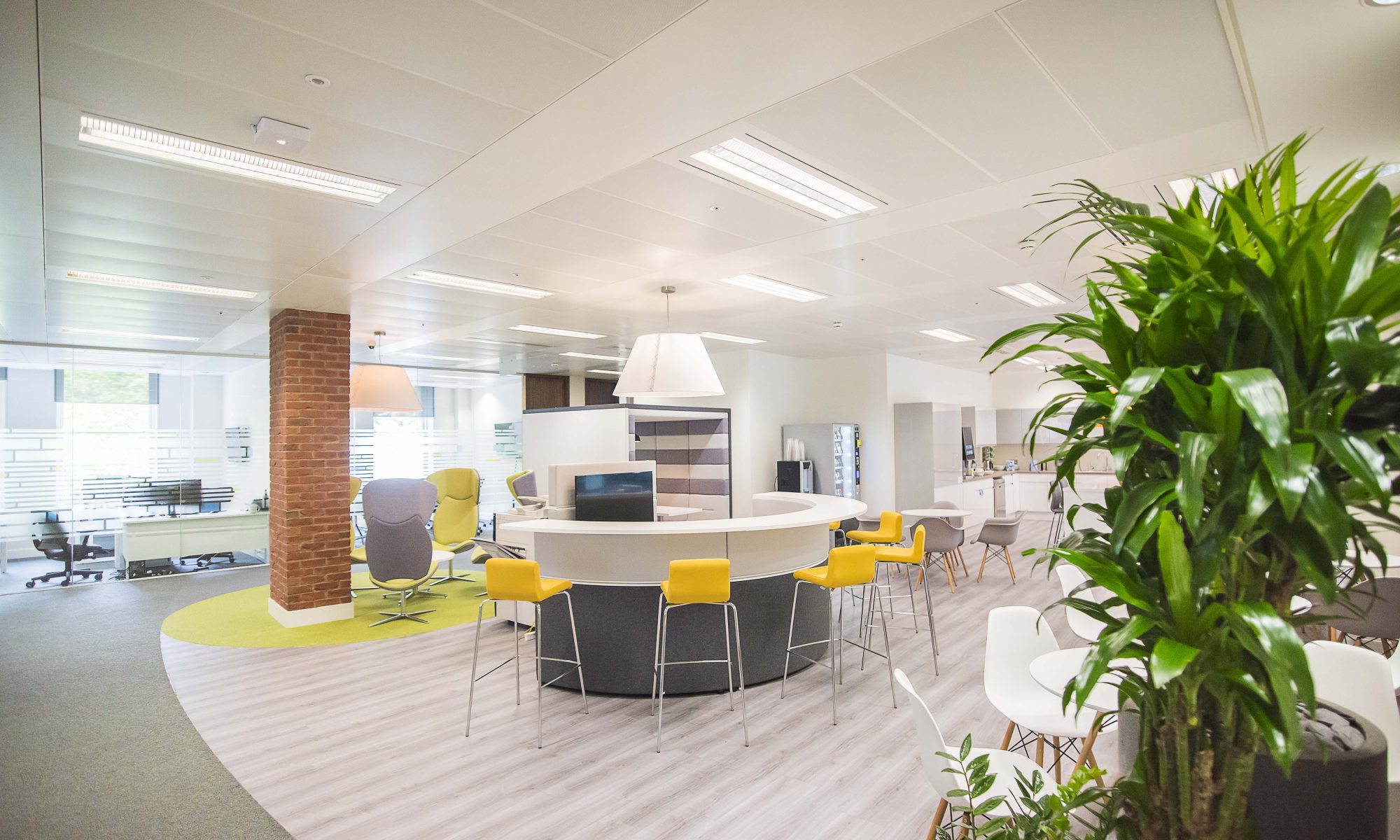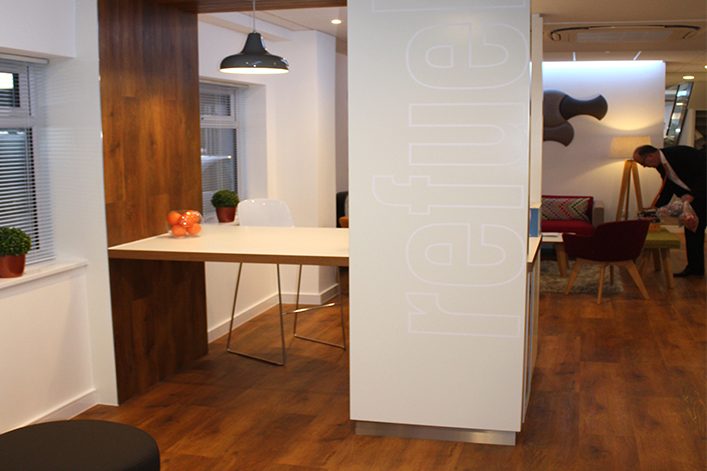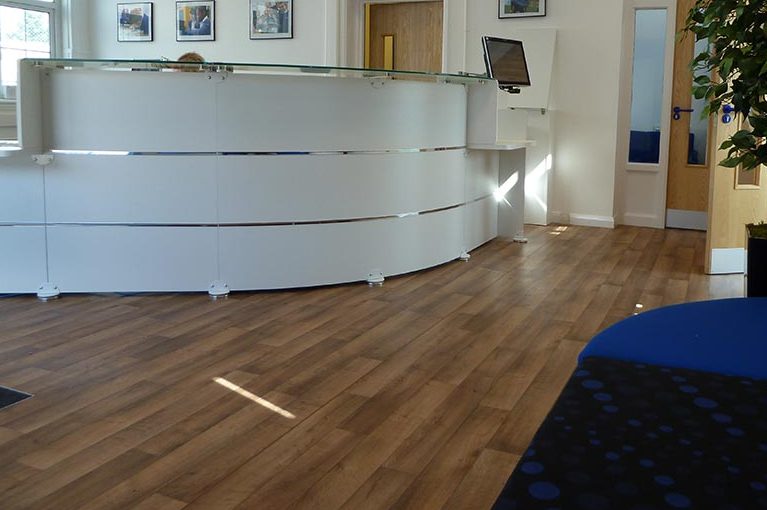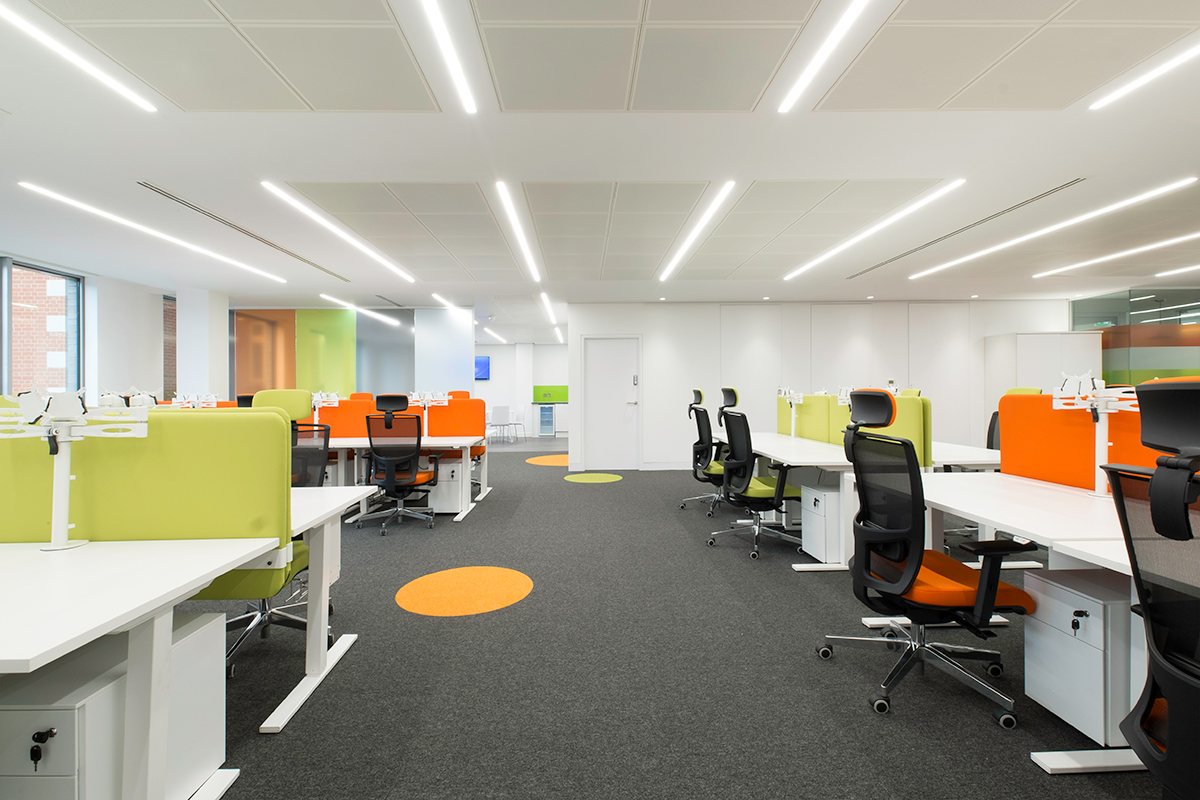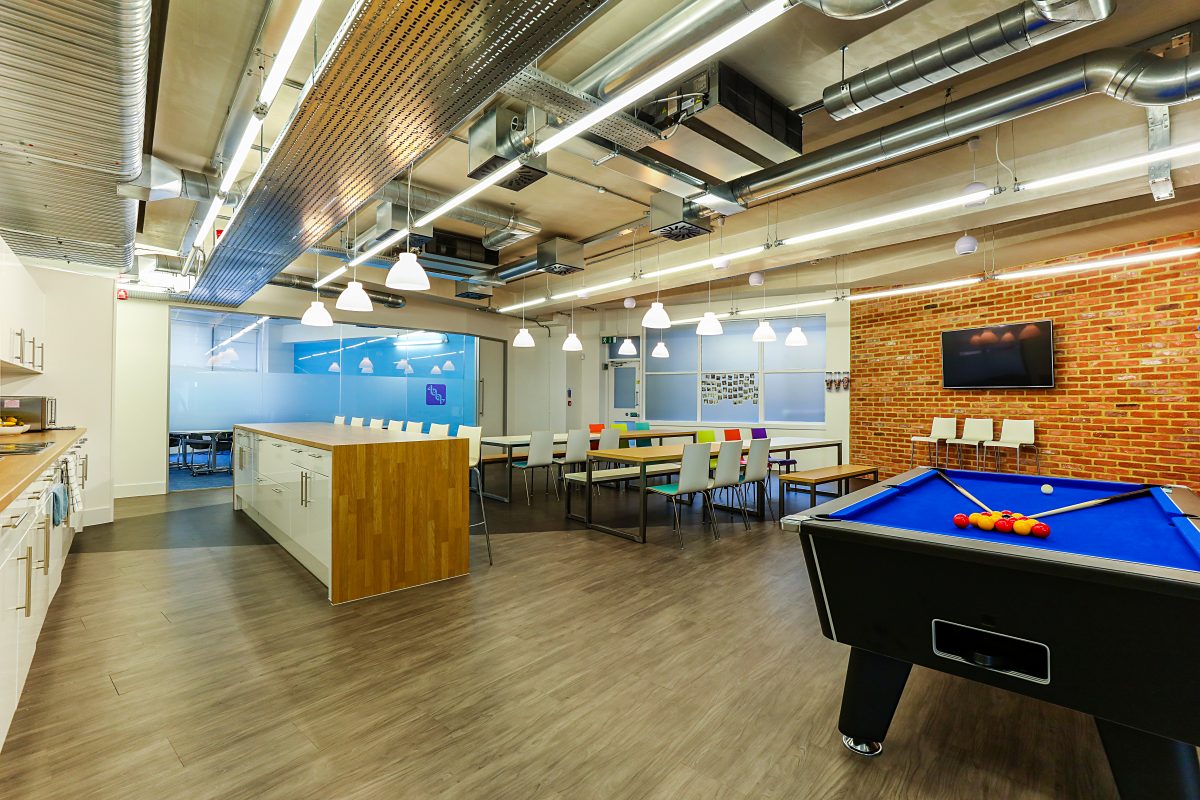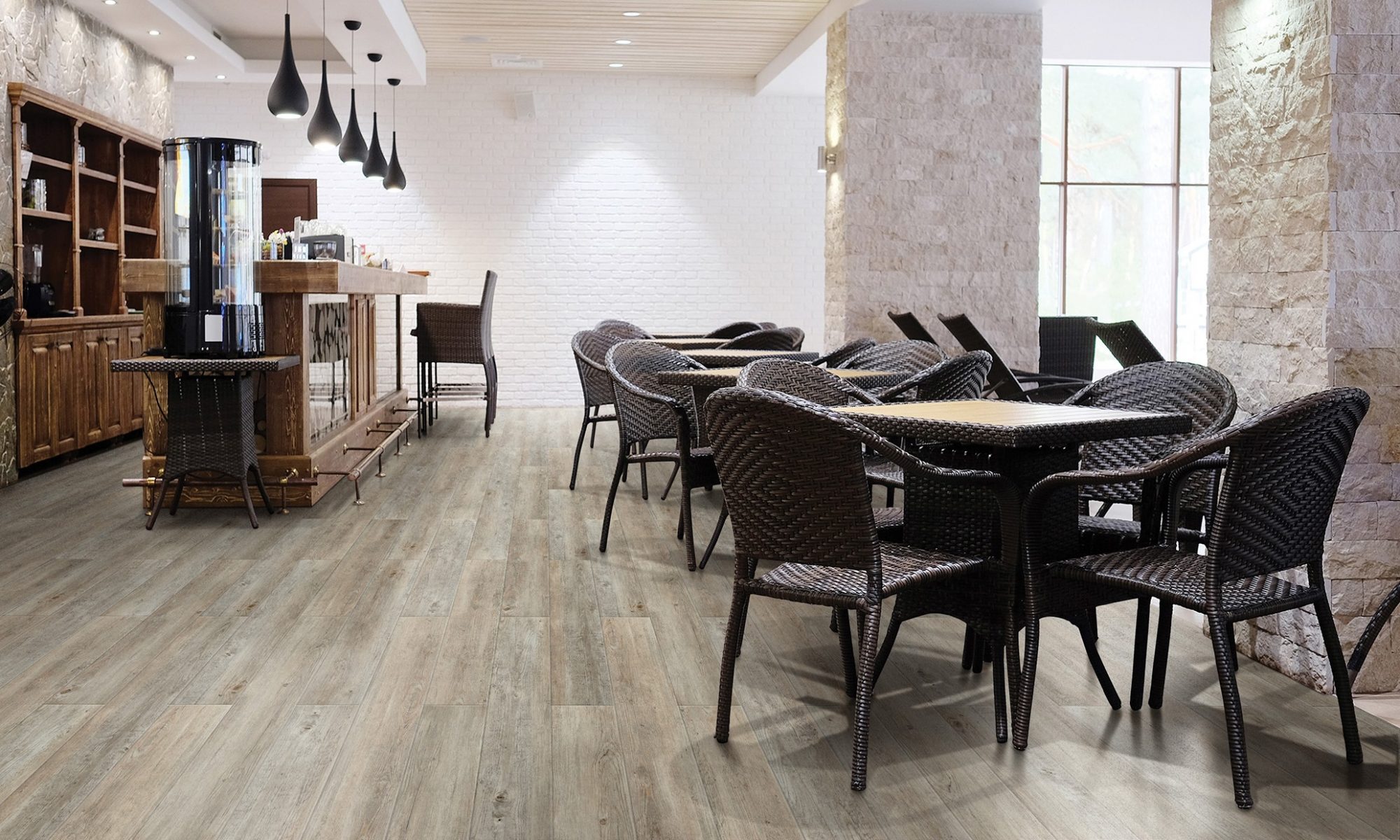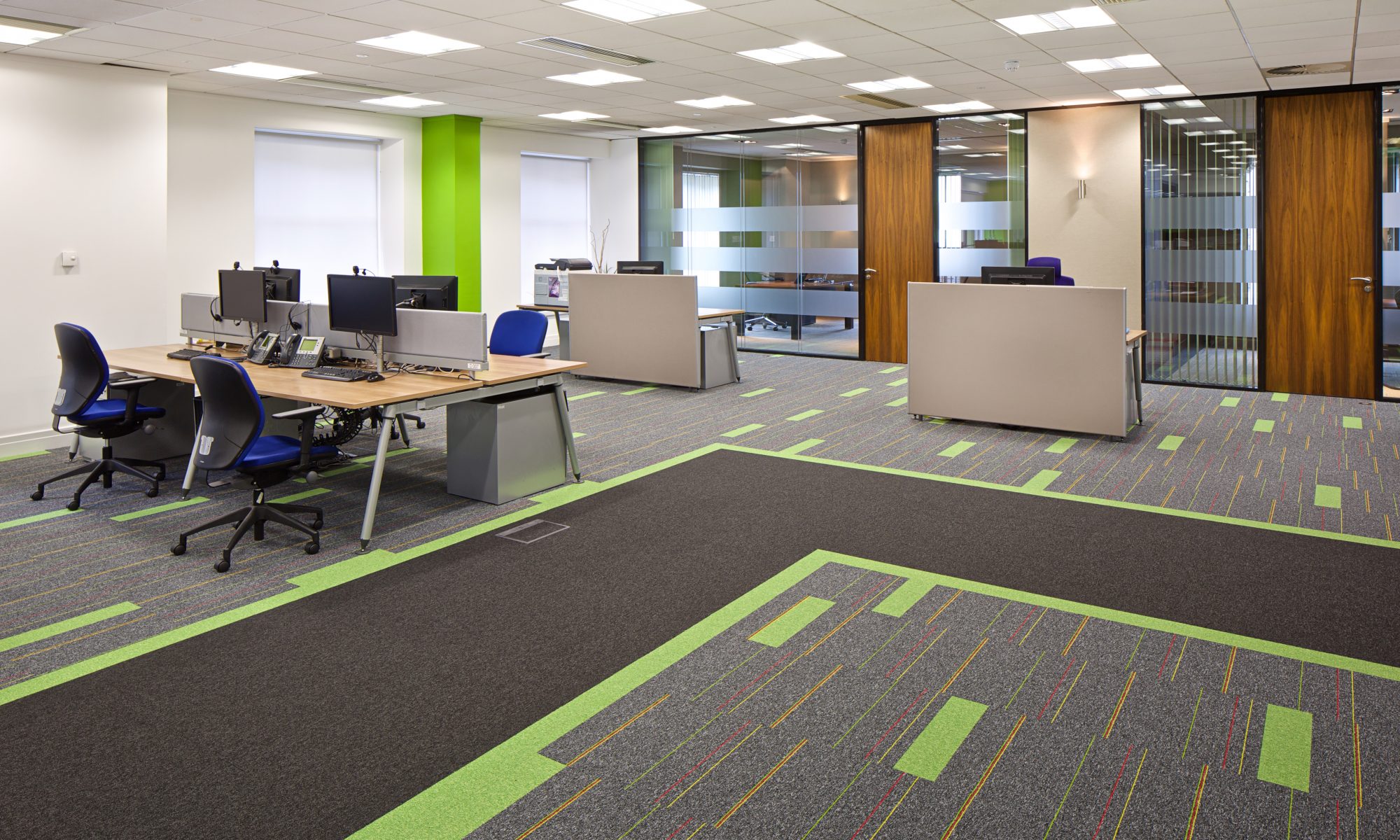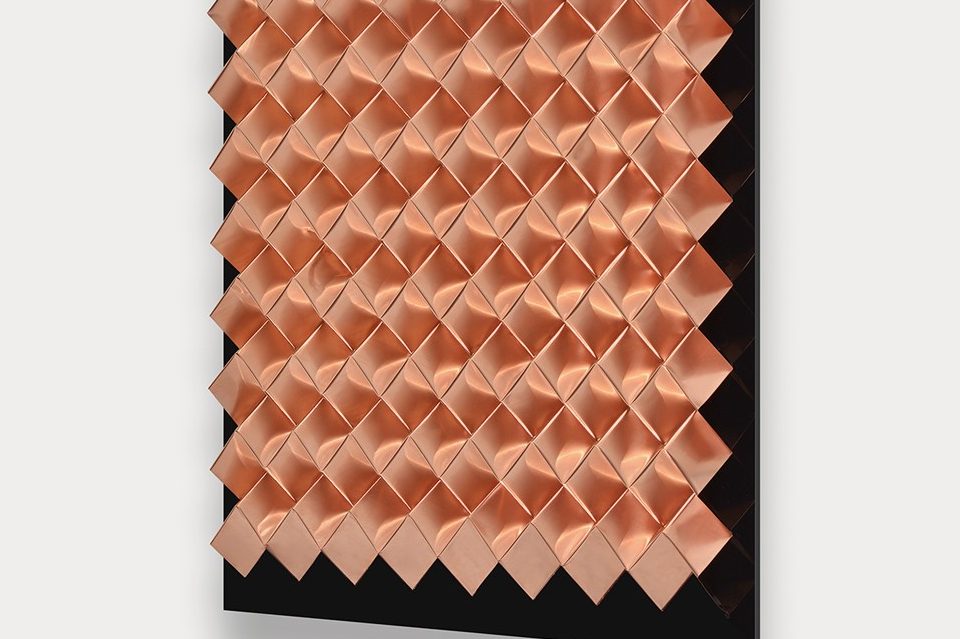We asked material specialist Adele Orcajada from MaterialDriven to share her thoughts on another key trend of 2018 – mixing materials and textures in order to create a greater connection with our office surrounding .
Making spaces alive and fresh
There was a time when it was all the rage to have coordinated living room or bedroom sets, where every piece was part of the same collection and all the colours and prints came from the same harmonious palette.
Boring, right?
We have finally broken away from all of that, and have embraced diversity and contrasting colours and textures that make spaces alive and fresh. Mixing old with new, polished with matt or dots with stripes…we love all the possibilities! Not only reflected in interior design, we can see this trend on the facades of buildings, graphics for T-shirts and even jewellery.
In material making the trend is also catching on. Understanding material properties allows designers to layer and creatively combine materials that are unexpected, challenging our idea of how to categorise and understand materials.
Here are some of my favourites.
Royal College of Art – Motion Office by Jooyeon Jo
Motion Office is a beautifully tactile, air-filled and tile-clad bed, wrapped in wood, metal and porcelain pieces. Designed to provide physical and cognitive well-being in an active, work environment, the highly sensory work is the graduating project of the MA Design Products student RCA. In this case the combination of materials doesn’t only play with your sight but also touch. The idea is that your feet will be stimulated, while at work, as you step on the range of pieces dispersed throughout the base material. What is interesting is that depending on the material you step on, the sensations that will come through your toes will change from soothing to stimulating. It’s true evidence of a material´s power to interact with human wellbeing. Read more about this project.
Kutleh
At Milan Design Week this year, MaterialDriven was fascinated by the work of Kutleh. This project was conceptualized and established by Architect Rula Yaghmour, who has an interest in various design disciplines. Her work is made up of off cuts and excess produced from cladding tiles used in construction projects. Combining various forms, textures and colours into layers, the final pieces become in itself a redefined raw material, one which designers can carve out their limitless creations from, and use to introduce innovative new forms. Also highlighted, through union and juxtaposition, are the many natural stones of the region and the properties that define each one. Visit their website to see for yourself the beautiful pieces that have been created.
Allgood
Allgood is one of the world’s leading companies in the supply of solutions for the door and door openings. With the launch of the Sembla range, in partnership with Ultrafabrics, Allgood offers a door handle with pops of colours and textures to grip on. The result is one of a kind, as it allows both users and designers to mix and match metal and fabric depending on the look and feel needs for each space. From pebbly textures, to glossy sheens every fabric interacts with the metal handle in a unique way.
